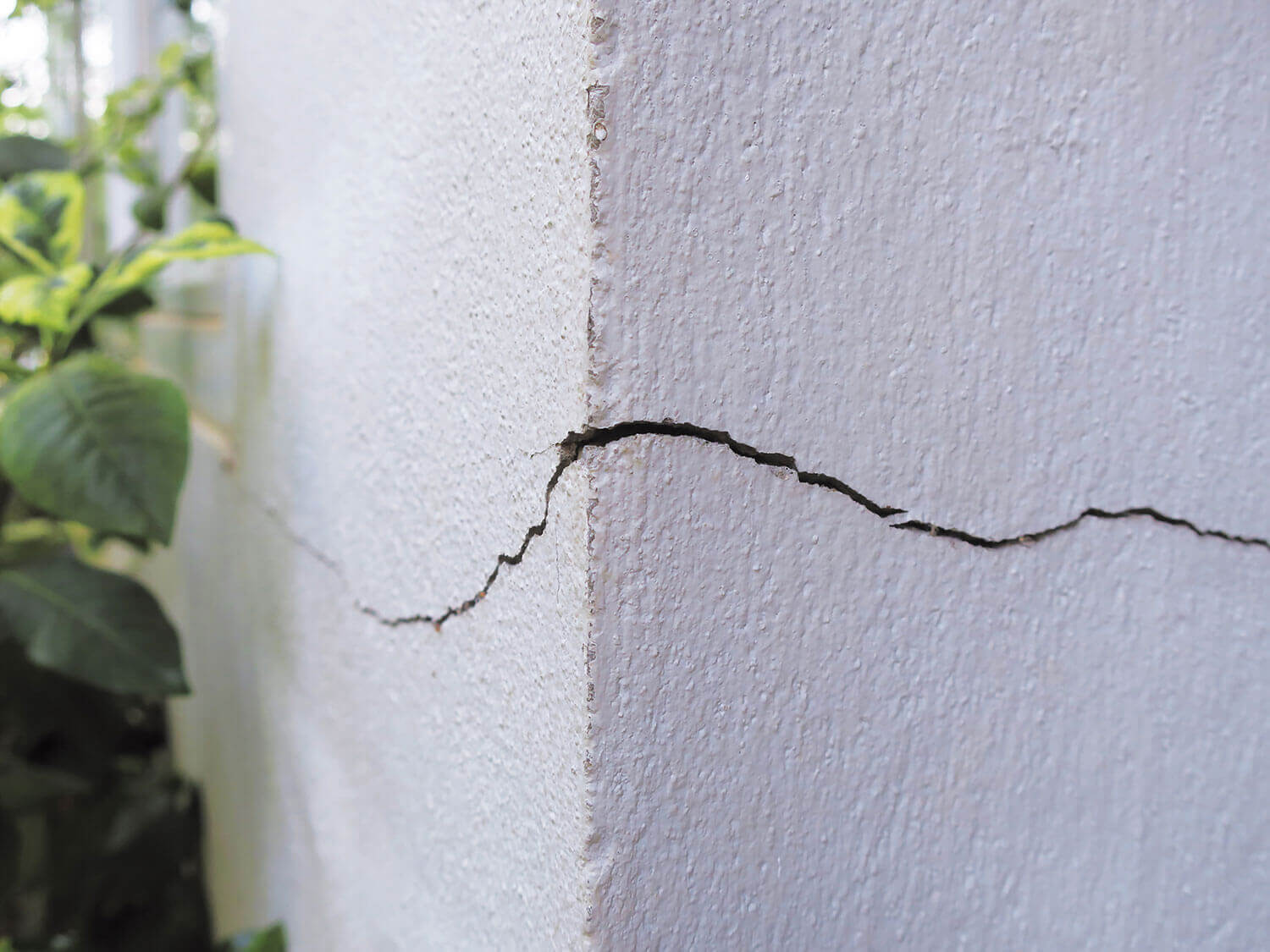
And What To Do About It
Concrete is all around us. In fact, almost 10 billion tons of concrete are produced in Canada every year.
But even a substance as tough as concrete doesn’t last forever. It can suffer damage over the years, and it needs maintenance and repair to be kept in top condition.
Looking to learn a little more about concrete repair and maintenance? Keep reading to find out some important tips and tricks for repairing concrete.
Common Causes of Concrete Damage
Concrete takes a lot of punishment every day. It’s important to know about the causes of damage to help you mitigate some of it.
Weather, Traffic, and Soil Conditions
Weather, traffic, and soil conditions are the biggest causes of damage to concrete. Knowing a little more about these dangers can help you to avoid major damage.
The weather in Canada can vary heavily. One day might see bright sunshine beating down on the concrete. The night day could see freezing rain or snow. This variation can cause major damage as water freezes and melts, expanding and contracting to cause those cracks to widen.
Traffic is another major cause of concrete damage. Think carefully about the number and weight of vehicles passing over your concrete every day. The more vehicles and the heavier they are, the more damage your concrete will sustain.
Shifting soil conditions are another common source of concrete damage. Loose or shifting soil can cause concrete to slip or suffer water damage.
Signs of Concrete Damage
Concrete damage doesn’t just come from nowhere. Before any major damage appears, you’ll notice some key signs that problems are developing.
Cracks, Flaking, and Spalling
The first signs of damage are small cracks. These will appear in the concrete, small at first but quickly growing. Water in the concrete cracks and plants growing through the cracks can both cause them to widen.
Flaking or spalling is when cracked pieces of concrete begin to separate from the substrate. This can soon leave your concrete full of holes.
Severity Determines The Extent of The Repair
Concrete damage can range from tiny cracks to massive chunks falling away. While small levels of damage are easy to repair, more extensive damage could be much more difficult to fix.
That’s why you should call a professional as soon as you notice signs of damage. This will get the problem sorted quickly and can even save you money.
Understanding the Types of Concrete Repairs
There are different ways concrete can be repaired depending on your needs and the types of concrete you are using.
Patching and Resurfacing
When you notice cracks appearing, you can patch over your concrete and seal away the gaps. This requires some simple tools and materials.
Pros and Cons
Each method of concrete repair has pros and cons. Patching and resurfacing are no exception.
The main advantage of patching and resurfacing is that it is convenient and quick. Anyone can do a quick patch-up job with the right tools and materials.
Although it’s a great way to temporarily deal with any cracks that may appear, it’s not a great long-term solution. The more patching you do, the more unstable your concrete will become. In the end, it may need more drastic repairs.
DIY Concrete Repairs vs. Hiring a Professional
Some people try to make concrete repairs themselves, hoping to save money. But the end results of DIY repairs are likely to be less impressive, and you’ll need to make more repairs soon after.
When you work with a professional company, you’ll get a better standard of service. Qualified concrete professionals have materials and tools that the average Joe can’t access.
When you work with us, you can rest assured that we’ll do a good job. We work quickly and efficiently, but we use our experience and resources to make the best repairs possible.
How to Choose the Right Concrete Repair Professional
Now we know that you need professional help for concrete repair, it’s important to choose the right company to help you. There are a lot of companies out there that can provide these services for you, but some are better than others.
Choose an established contractor with lots of experience and qualifications. Look for a business with the proper licensing in their area, as this should provide you with a layer of protection in the event that something goes wrong.
If you’re hiring a contractor, be sure to check customer reviews. Find a business that has a good reputation, with plenty of excellent online reviews from real people.
Preventative Maintenance
There are lots of ways you can maintain concrete to prevent concrete problems. It may take a little extra effort to carry out this maintenance, but it will be well worth it in the long run.
The exact type of preventative maintenance you should use depends on where the concrete is located. If it is positioned outside, you might consider adding a shelter or awning to protect it from the elements. If it’s inside, try to avoid any spills or items that could cause damage.
You can also hire professionals to conduct an inspection and provide some basic maintenance overall. Experienced professionals can spot things the average person won’t notice and give you advice on maintenance.
The Takeaway
Keeping an eye on your concrete and acting quickly when you spot signs of damage is essential to keeping things in good order. Do your research, but defer to the professionals when you need extra help with concrete repair.
If you’re looking for quality maintenance for your concrete, along with a range of other construction services, we can help. We offer all kinds of concrete services, so click this link to find out more.
